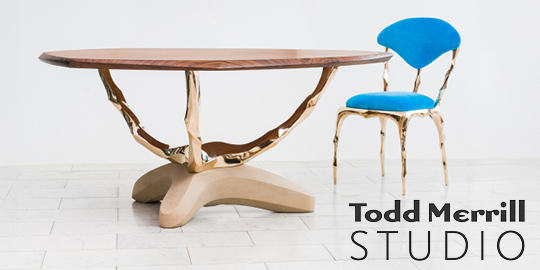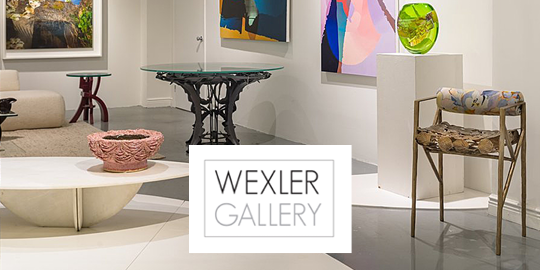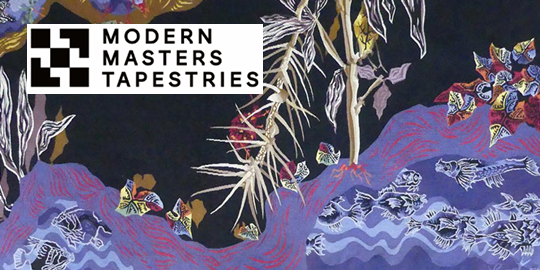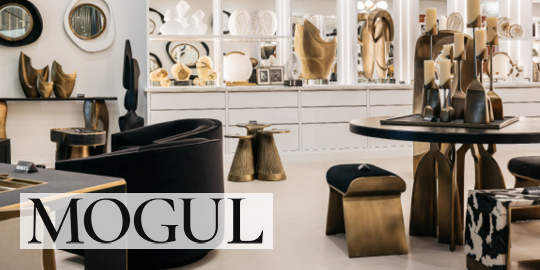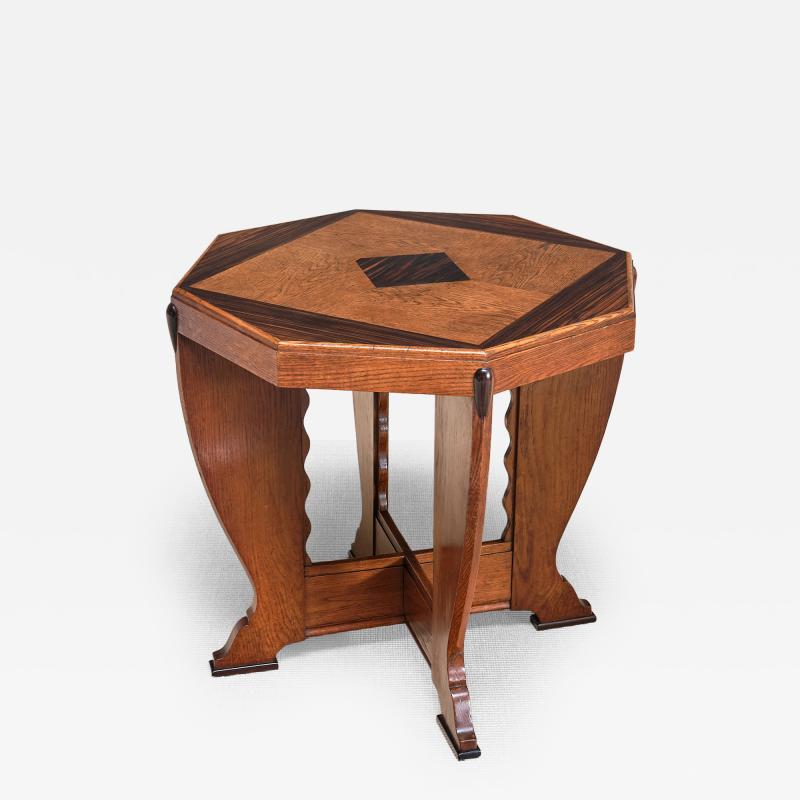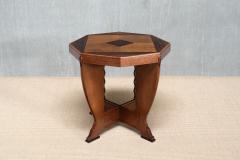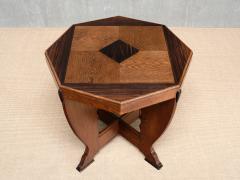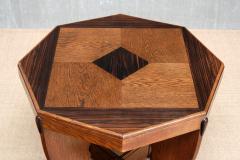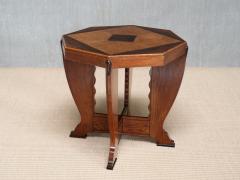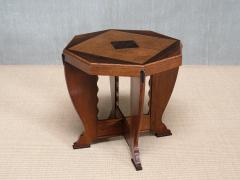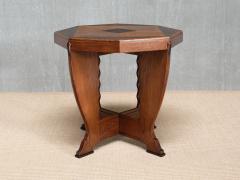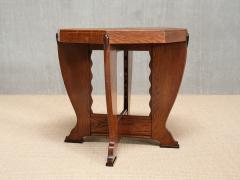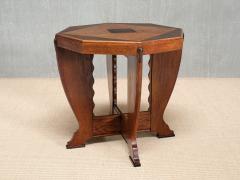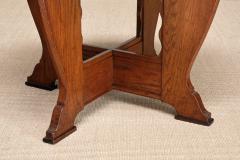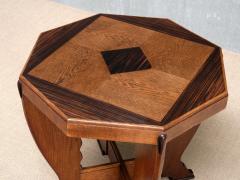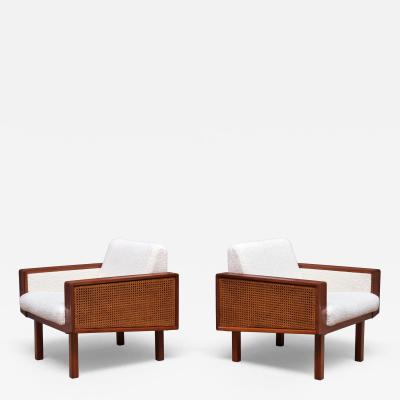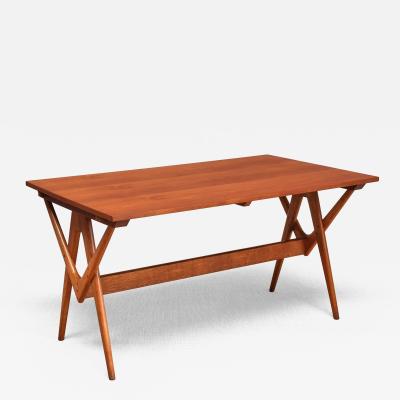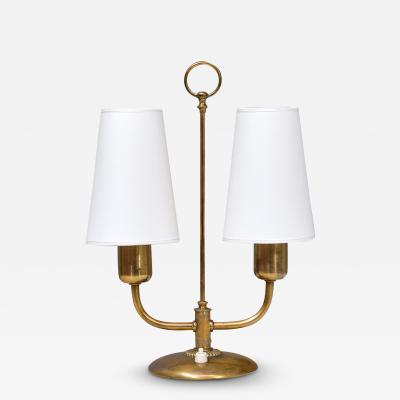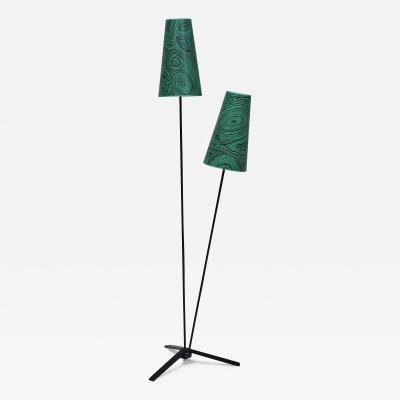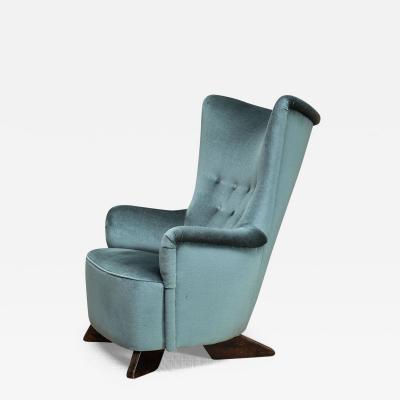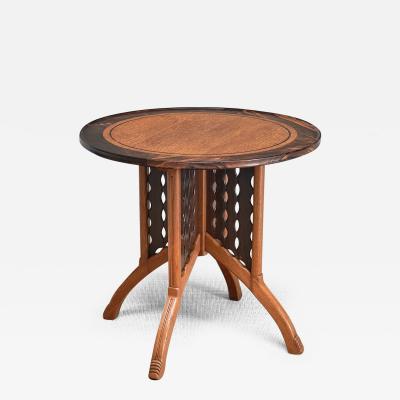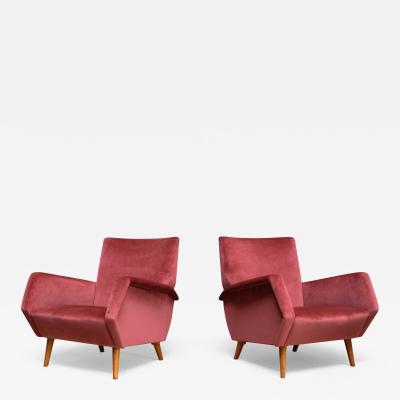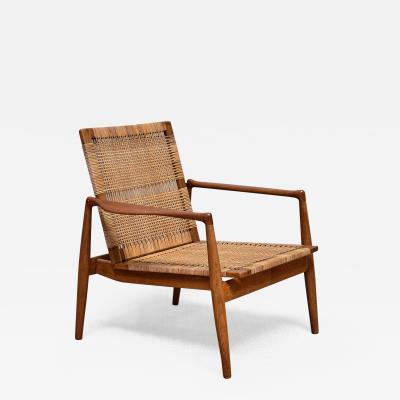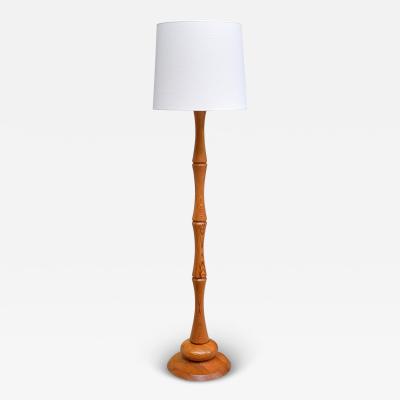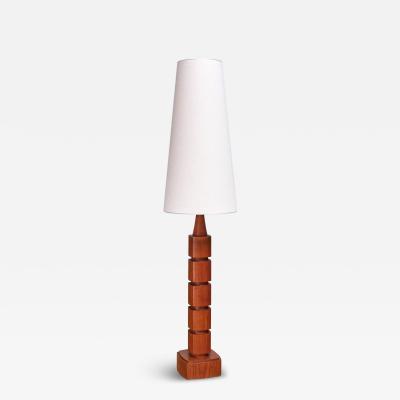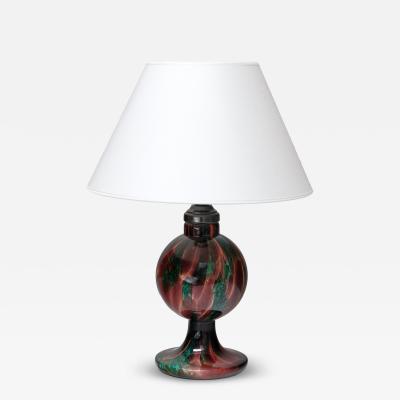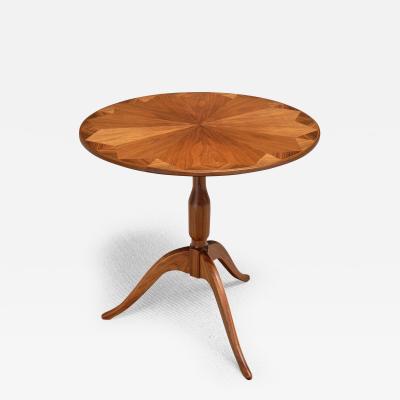This exceptional, generously sized side table was produced in the Netherlands in the late 1920s. The shape, material, and craftsmanship exemplify the Amsterdam School movement. Originating in the Dutch capital during the 1920s, this unique style is rooted in Expressionist architecture and incorporates elements from Jugendstil (Art Nouveau) and Art Deco aesthetics.
The striking design features a four-legged base made of solid oak wood, with each leg decorated on the interior side in an undulating, wave-like shape. The legs are connected by cross-shaped stretchers. Between each leg and the tabletop is a carved, oblong-shaped decoration in solid ebony wood. The octagonal top is veneered with a striking pattern: a central square of oak veneer flanked by triangular sections of Macassar ebony veneer. The contrast between the lighter oak and the darker Macassar, with its distinct grain, adds to the elegance of the design.
The originality of the design, paired with the high level of craftsmanship, makes this table a truly unique piece.
The table is in overall good condition with minor signs of age and use. One leg shows a discreet, older restoration. The tabletop shows a few small areas where the veneer is slightly uneven, visible upon close inspection but not detracting from the overall presentation.





